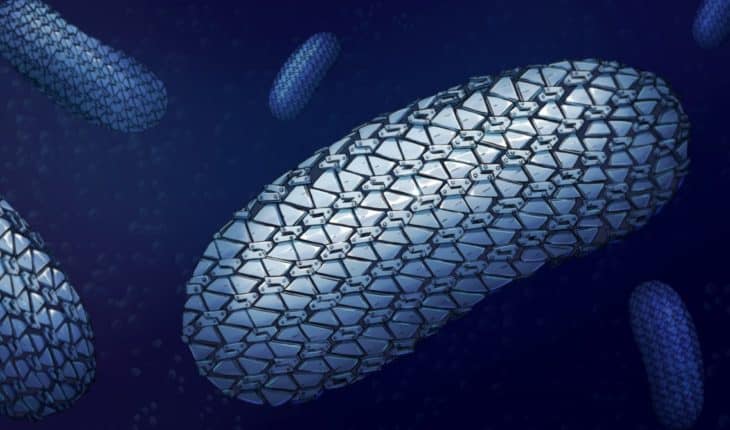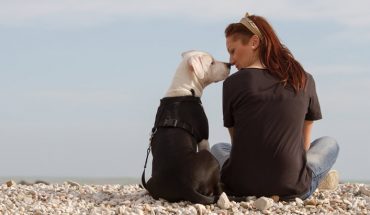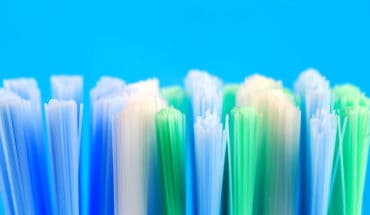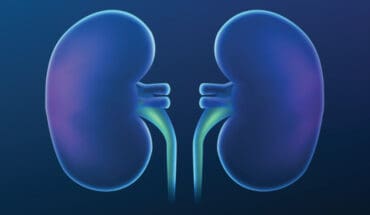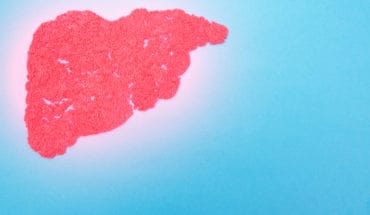The spectacular structure of the protective armour of superbug C.difficile has been revealed for the first time showing the close-knit yet flexible outer layer – like chain mail.
Publishing in Nature Communications, the team of scientists from Newcastle, Sheffield and Glasgow Universities together with colleagues from Imperial College and Diamond Light Source, outline the structure of the main protein, SlpA, that forms the links of the chain mail and how they are arranged to form a pattern and create this flexible armour. This opens the possibility of designing C. diff specific drugs to break the protective layer and create holes to allow molecules to enter and kill the cell.
Protective armour
One of the many ways that diarrhoea-causing superbug Clostridioides difficile has to protect itself from antibiotics is a special layer that covers the cell of the whole bacteria – the surface layer or S-layer. This flexible armour protects against the entry of drugs or molecules released by our immune system to fight bacteria.
The team determined the structure of the proteins and how they arranged using a combination of X-ray and electron crystallography.
Corresponding author Dr Paula Salgado, Senior Lecturer in Macromolecular Crystallography who led the research at Newcastle University said: “I started working on this structure more than 10 years ago, it’s been a long, hard journey but we got some really exciting results! Surprisingly, we found that the protein forming the outer layer, SlpA, packs very tightly, with very narrow openings that allow very few molecules to enter the cells. S-layer from other bacteria studied so far tend to have wider gaps, allowing bigger molecules to penetrate. This may explain the success of C.diff at defending itself against the antibiotics and immune system molecules sent to attack it.
Determining the structure allows the possibility of designing C. diff-specific drugs to break the S-layer, the chainmail, and create holes to allow molecules to enter and kill the cell.
Colleagues, Dr Rob Fagan and Professor Per Bullough at the University of Sheffield carried out the electron crystallography work.
Dr Barwinska-Sendra added: “Working together was key to our success, it is very exciting to be part of this team and to be able to finally share our work.”
The work is illustrated in the stunning image by Newcastle-based science Artist and Science Communicator, Dr. Lizah van der Aart.
Dr Paula Salgado: https://salgadolab.org/
https://www.ncl.ac.uk/medical-sciences/people/profile/paulasalgado.html
- Combination of drugs could prevent thousands of heart attacks - 21st April 2025
- UQ Study Links Poor Teen Diets to Heavy Social Media Use - 21st April 2025
- Gut microbiome could delay onset of type 1 diabetes - 3rd April 2025
